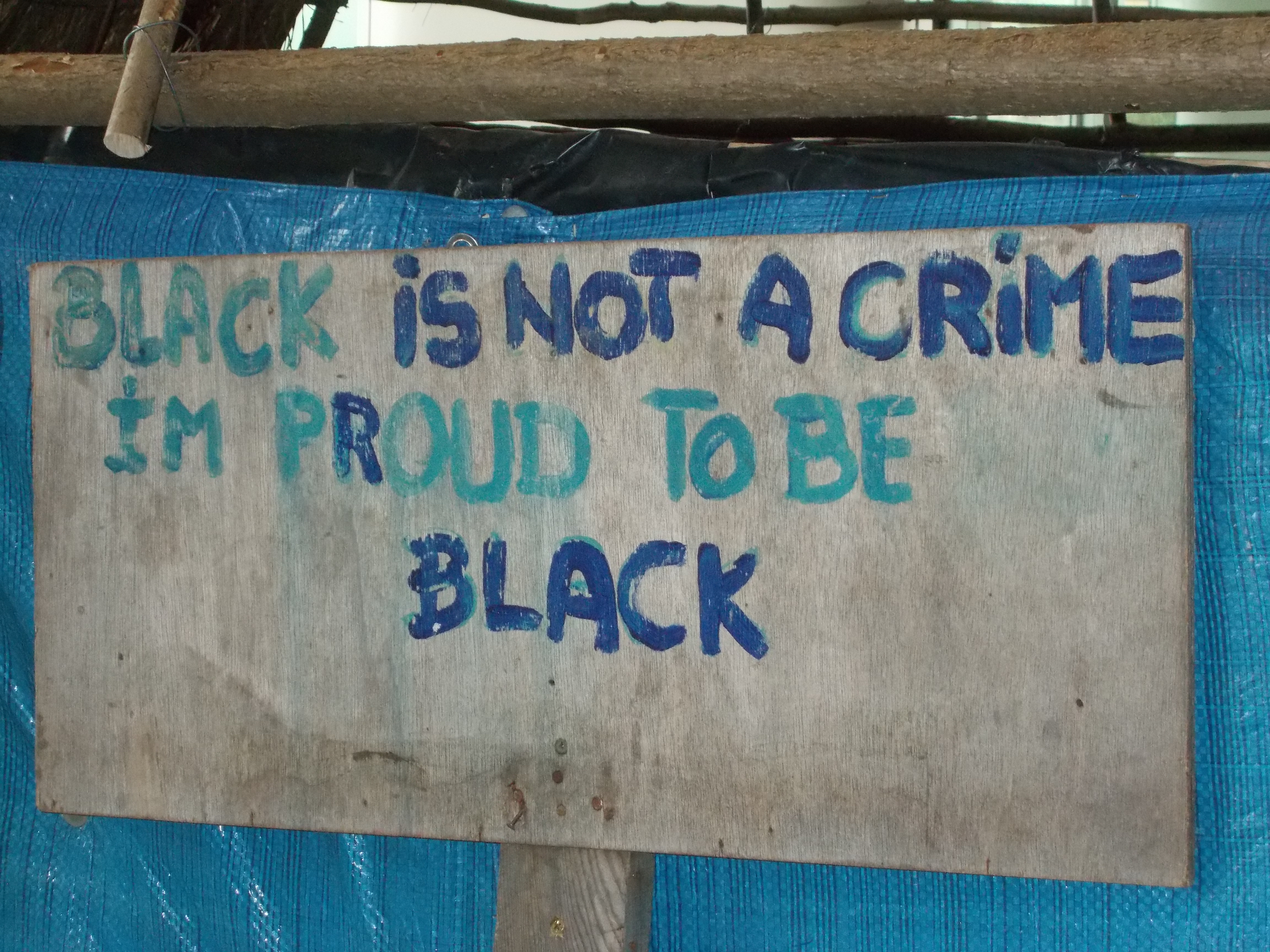For the past four years the Southbank Centre in London has hosted an event called “Africa Utopia.” Typically, this diverse programme of talks, marketplace activities, displays, fashion shows and other artistic happenings takes place over the course of a weekend in early autumn and is marketed as one of the Southbank’s “Festivals for the World” series.

The artistic and strategic collaborations that produce this extensive cultural programme involve a number of key players – most importantly, the event’s co-founders: the Senegalese singer and human rights advocate Baaba Maal; and the Southbank Centre’s artistic director Jude Kelly CBE – as well as a host of commercial sponsors, media partners and arts organisations contributing to the talks, performances and market place activities.

Central to the success of Africa Utopia is its ability to remain topical, informed and up-to-date about artistic and aesthetic innovations emerging from all regions of the continent, as well as from the communities of African diasporans settled all over the world. This is one of the reasons why hosting the event in the heart of an urban metropolis like London is always such an interesting mix of cultural and political fusion, shown through a variety of arts and crafts created by established and emerging designers, photographers, textile artists, creators of African inspired couture and contemporary art installationists.
For me, the highlight of Africa Utopia 2016 was the range of talks and debates – not only in relation to literary, visual and performing arts, but also in terms of how such cultural discourses intersect with the political, economic, environmental and technological concerns affecting people’s daily lives. This year’s panel sessions were programmed by Hannah Pool and curated with a focus on themes such as arts activism, social justice and inclusive practices within the cultural and creative industries – especially in relation to TV, cinema and online broadcasting platforms.


My two stand-out sessions in the festival’s programme were: firstly, Baaba Maal‘s interview with the Guardian journalist Gary Younge. During this hour-long Q&A, musician Baaba Maal was able to expand on his involvement in agricultural and educational projects such as the “Nanka” initiative that he set up in Podor (Senegal), and he also discussed his life philosophy of global nomadism – the importance of travelling to meet new people, experiencing a sense of shared humanity with different communities world-wide, and expanding one’s understanding of life from those diverse interactions.
 Secondly, the panel discussion titled “Activism and Social Change” featuring scholars and activists involved in international human rights campaigns was an extremely thought-provoking debate. Among the participants were: the rights activist Aderonke Apata speaking out about LGBTQ equalities, and achieving the freedom to express diverse sexual identities; and the anti-FGM campaigners Janet Fyle MBE and Dr Sarah Ogbay both working tirelessly to challenge gender inequalities and violence against women within West African (particularly Nigerian) and Eritrean communities, respectively – including their associated African diaspora communities in Europe.
Secondly, the panel discussion titled “Activism and Social Change” featuring scholars and activists involved in international human rights campaigns was an extremely thought-provoking debate. Among the participants were: the rights activist Aderonke Apata speaking out about LGBTQ equalities, and achieving the freedom to express diverse sexual identities; and the anti-FGM campaigners Janet Fyle MBE and Dr Sarah Ogbay both working tirelessly to challenge gender inequalities and violence against women within West African (particularly Nigerian) and Eritrean communities, respectively – including their associated African diaspora communities in Europe.

In addition to the debates, a very poignant installation was presented on the Mezzanine level of the Southbank (mid-way between Levels 3 and 4 of the Green wing) for the duration of the festival, titled “Home: La Maison Bleue sur la Colline” [“Home: The Blue House on the Hill”] by contemporary visual artist Alpha Diagne (2016). Although there was very little information available in the published event programme to explain the aesthetic and political context to this challenging artwork, the banners and placards that formed an integral part of Diagne’s “Home” featured enough graffiti-based commentary and poster art to convey that this entire assemblage was his very personal critique – as a former resident of a refugee camp in Calais – of European nations’ collective lack of effective action (including by the UK government) to support and ameliorate the situation for thousands of people trapped in the precarity and poverty of the refugee and migrant crisis, homelessness and forced displacement in sites across northern France, southern Italy, Greece and the wider Mediterranean coastal region.

Concluding thoughts…

On balance, I really enjoyed Africa Utopia 2016. It was a wonderful opportunity to meet and converse with talented entrepreneurs, musicians, writers, fashion designers and other creative practitioners. However, perhaps next year’s event could focus more closely on showcasing more of the “political aesthetics” of visual artists of African descent, like Alpha Diagne – particularly contemporary conceptualists from all regions of the continent and the global African diasporas who are addressing issues of forced and voluntary migrations, displacement and transnational mobilities over several generations. Such artworks could certainly serve as a positive, pro-social force for good – raising awareness about these global challenges and the strategies required to improve and resolve them.
Further information and web links
Southbank Centre’s web pages for Africa Utopia 2016 – which was held between 31 August and 4 September 2016 – http://www.southbankcentre.co.uk/whatson/festivals-series/africa-utopia
Further information about the artist Alpha Diagne and his installation “The Blue House” – displayed at the Southbank between 9 July and 28 September 2016.
Official website (and album details) for Baaba Maal – http://baabamaal.tv/
Natalie Cooper’s website and film about “African Musical Instruments” – http://www.ami-book.com


One response to “Reflections on a “Festival for the World” and Alpha Diagne’s “Blue House” at the Southbank in London”
Looks like it was a great conference
LikeLike